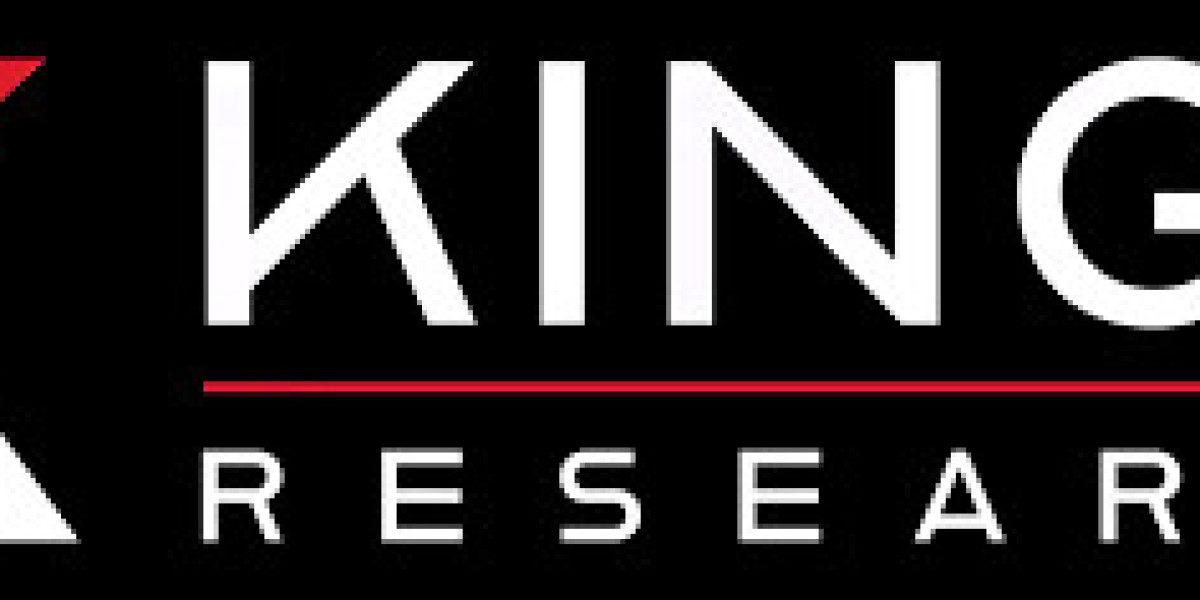Consignment inventory management is a strategy in which a supplier or vendor retains ownership of inventory until it is sold by the retailer or distributor. This method helps reduce the financial burden on retailers, as they only pay for the products once they are sold to the end customer. Meanwhile, suppliers benefit by maintaining control over their stock and gaining greater visibility into demand trends. Let’s dive into the details of consignment inventory management and how the Cloud-in-Hand® Solutions Platform can streamline this process for businesses.
How Consignment Inventory Works?
In traditional inventory models, retailers purchase products upfront and bear the cost of storing, maintaining, and selling the inventory. Consignment inventory, however, shifts much of the financial risk to the supplier. The supplier ships products to the retailer's store or warehouse, but the retailer only pays for the goods that are sold, returning any unsold items to the supplier.
The supplier retains ownership of the inventory throughout the process, which means that any unsold products remain the supplier's responsibility. Once an item is sold, the retailer pays the supplier, usually based on pre-arranged terms. This arrangement provides flexibility to both parties, as the retailer avoids upfront investment, while the supplier benefits from increased market exposure.
Benefits of Consignment Inventory Management
1. Risk Reduction for Retailers
For retailers, consignment inventory management offers a way to test new products without making large initial investments. If the product doesn’t sell, it can be returned to the supplier, minimizing the retailer’s financial risk. This is especially useful for small businesses or those looking to diversify their inventory without a hefty cost.
2. Better Market Penetration for Suppliers
Suppliers can use consignment inventory as a strategy to expand their market reach by placing products in more retail locations. This allows suppliers to collect real-time data on product demand and customer preferences, helping them refine their product offerings over time.
3. Improved Cash Flow Management
Retailers enjoy improved cash flow since they only pay for what they sell. This allows them to allocate funds toward other aspects of the business, such as marketing, customer service, or store expansion, leading to potential business growth.
4. Stronger Supplier-Retailer Relationships
A consignment arrangement requires trust between the supplier and the retailer, leading to stronger long-term relationships. Suppliers often provide training, marketing support, and insights on best practices to ensure the retailer’s success in selling their products.
Managing Consignment Inventory Efficiently
Effective consignment inventory management requires real-time tracking, seamless communication, and transparency between the supplier and retailer. This is where technology platforms like Cloud-in-Hand® Solutions Platform come into play.
The Cloud-in-Hand® Solutions Platform offers advanced tools to streamline consignment inventory management. By providing real-time inventory tracking and automated reporting features, the platform enables both suppliers and retailers to monitor stock levels, track sales, and manage returns more efficiently. Here’s how Cloud-in-Hand® solutions platform helps:
- Real-Time Inventory Visibility: Both suppliers and retailers have access to live updates on stock levels, allowing for accurate inventory planning.
- Automated Replenishment Alerts: The system sends notifications when inventory levels reach a certain threshold, ensuring products are restocked before running out.
- Seamless Communication: The platform integrates communication tools, enabling suppliers and retailers to collaborate easily on restocking and returns.
- Data Analytics: By analyzing sales trends and customer demand, the platform helps suppliers forecast future orders and adjust their strategies accordingly.
Conclusion
Consignment inventory management is a win-win approach that reduces risk for retailers while offering suppliers the opportunity to expand their market presence. By utilizing innovative technology like the Cloud-in-Hand® Solutions Platform, businesses can ensure they stay on top of their inventory, increase efficiency, and improve their overall profitability.







